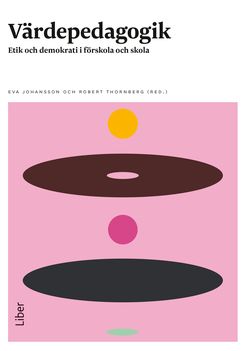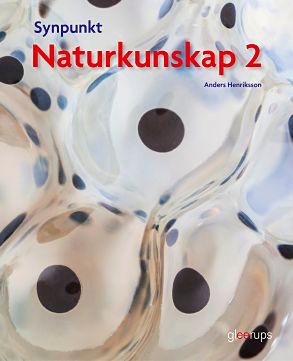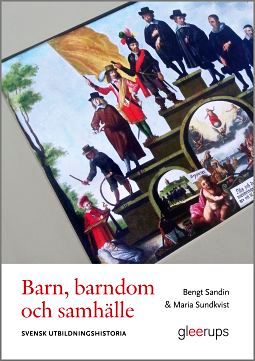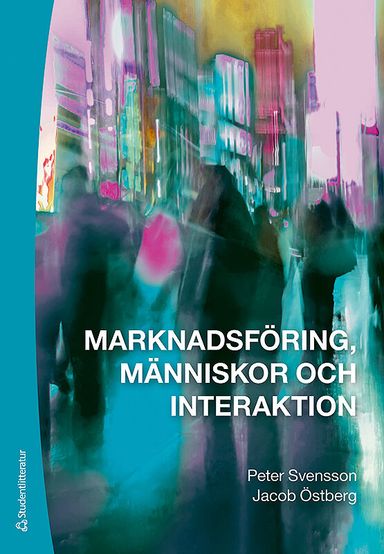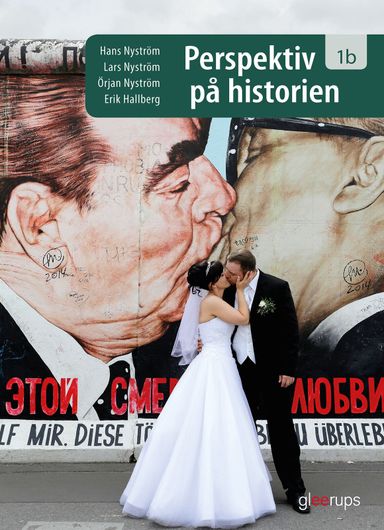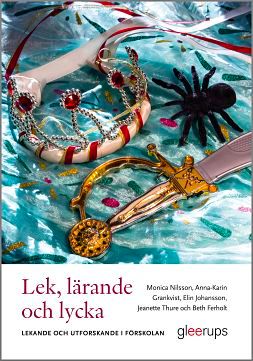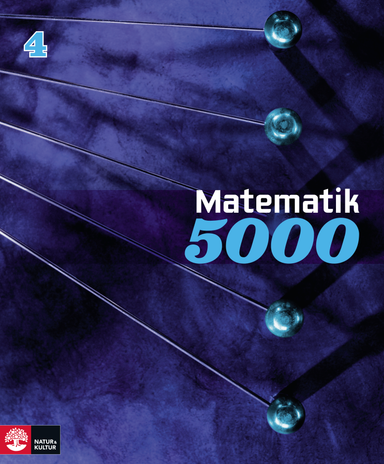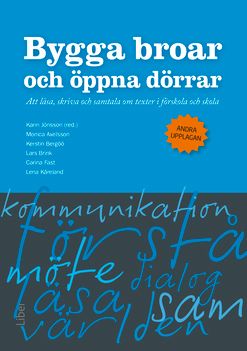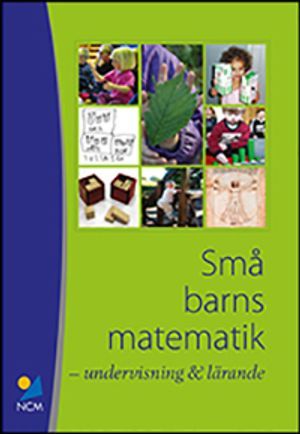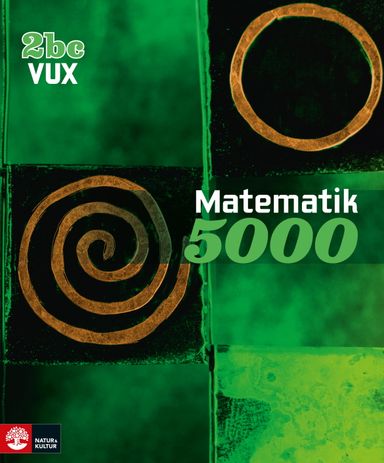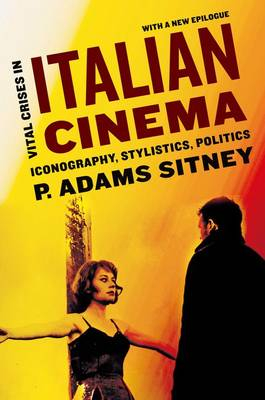

Vital Crises in Italian Cinema Upplaga 1
- Upplaga: 1a upplagan
- Utgiven: 2013
- ISBN: 9780199862177
- Sidor: 288 st
- Förlag: OUP USA
- Format: Häftad
- Språk: Engelska
Om boken
First published in 1995 b, P. Adams Sitney's Vital Crises in Italian Cinema has become a work of enduring importance in the study of Italian films produced from 1945-1963. Examining over twenty key works of the period, Sitney identifies and explores the major thematic crises at the heart of seminal films produced by the likes of Vittorio De Sica, Luchino Visconti, Michael Antonioni, and Federico Fellini. The debate over regional dialects and a unified national language find reflection in Visconti's La terra trema and its source, the novel I Malavoglia. The father-son relationship serves as an opportunity to consider the tension between filial loyalty and individuality in works such as Uccellacci e uccellini and Ladri di biciclette. Romantic love juxtaposed with lust against the background of Roman Catholic iconography exemplifies another recurring predicament in the nation's cinema. Rocco i suoi fratelli, La dolce Vita, and Accatone all feature female and male characters grappling with the idea of woman as either the epitome of Marian virtue or Magdalene-like sexuality.With each film under discussion, Sitney provides the relevant political and cultural context to demonstrate how the changes in Italian life found their way into cinematic art. A new afterword extends the range of the study to the early 1970s, as it considers the pastoral ideal deflated by urban reality in Padre Padrone and L'albero degli zoccoli.
Åtkomstkoder och digitalt tilläggsmaterial garanteras inte med begagnade böcker
Mer om Vital Crises in Italian Cinema (2013)
I mars 2013 släpptes boken Vital Crises in Italian Cinema skriven av P Adams Sitney. Det är den 1a upplagan av kursboken. Den är skriven på engelska och består av 288 sidor. Förlaget bakom boken är OUP USA.
Köp boken Vital Crises in Italian Cinema på Studentapan och spara pengar.
Referera till Vital Crises in Italian Cinema (Upplaga 1)
Harvard
Sitney, P. A. (2013). Vital Crises in Italian Cinema. 1:a uppl. OUP USA.
Oxford
Sitney, P Adams, Vital Crises in Italian Cinema, 1 uppl. (OUP USA, 2013).
APA
Sitney, P. A. (2013). Vital Crises in Italian Cinema (1:a uppl.). OUP USA.
Vancouver
Sitney PA. Vital Crises in Italian Cinema. 1:a uppl. OUP USA; 2013.


